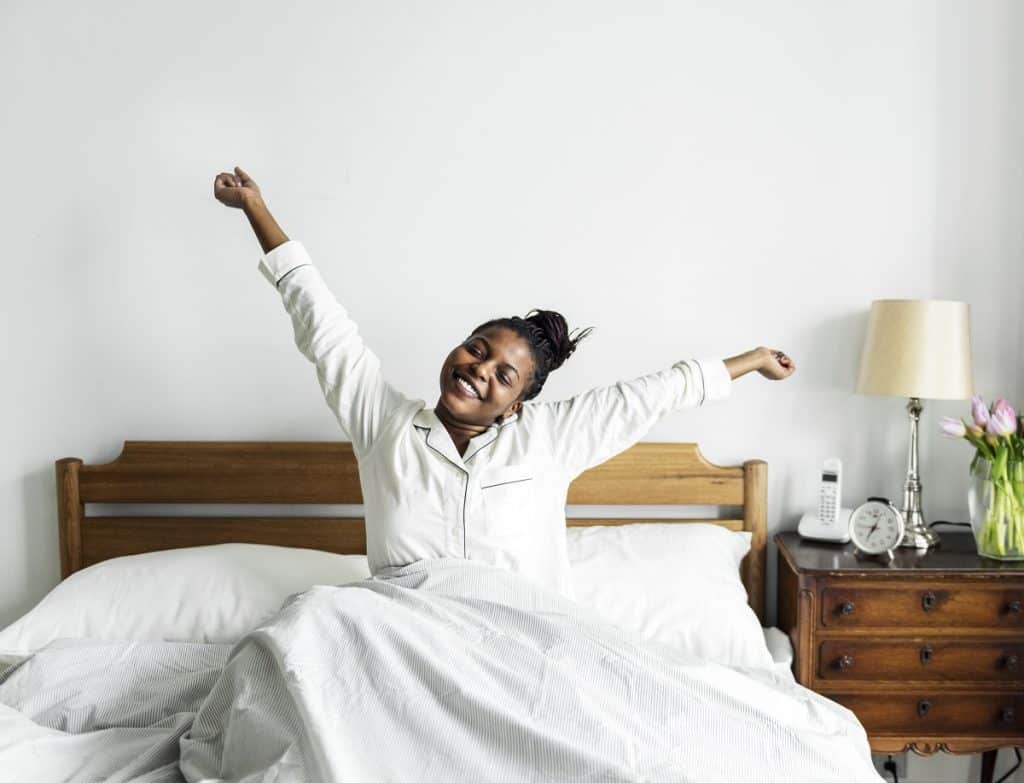
Getting a good night’s sleep highly depends on your mattress. It’s the building block and the first foundation for a good rest. However, different factors can affect the correlation of your sleep to your mattress. Comfort, sleep positions, or stress levels are a few considerations on the matter. Bottom line – you get to ask yourself, “Which mattress is best for me?”
Not all mattresses work for everyone. There is no brand or bed better than another – it’s all about what works for you.
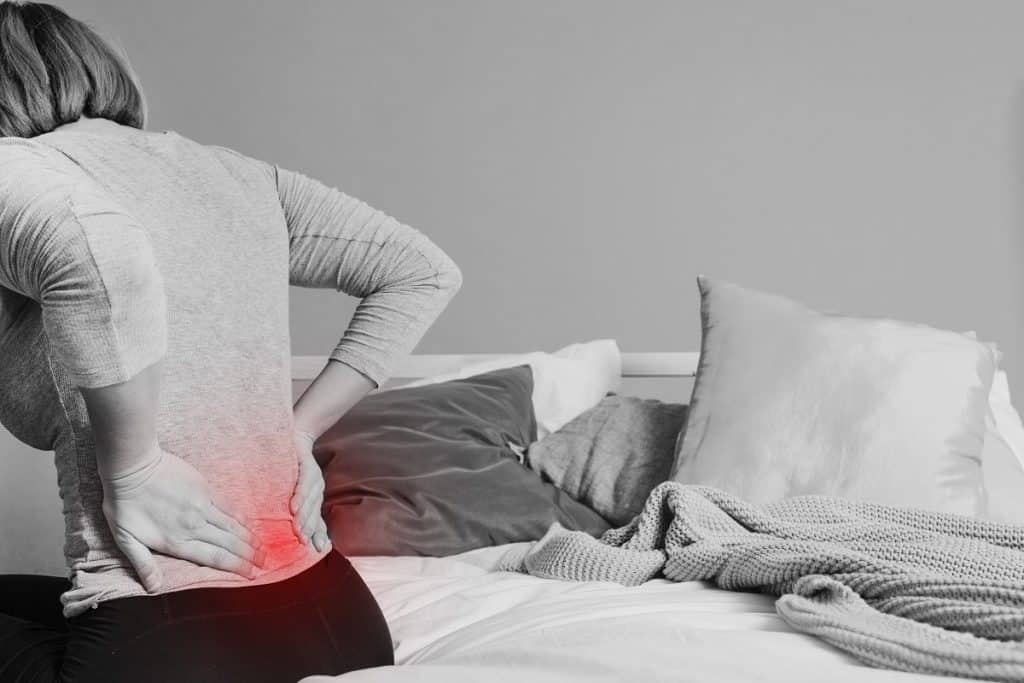
When to replace your mattress
How old your mattress plays an important role when choosing a new one. Generally speaking, you need to replace your mattress on an average of seven years old. However, this may not be true to some extent as others can be well replaced after a couple of years only or beyond the seven-year-rule.
To know when you should replace your mattress, try analyzing your sleep and cushion construction in one of these ways.
Wear and tear
Remove other linens that separate you from the mattress. Observe and look for signs that show wear and tear. A degraded mattress will bring discomfort when you and your partner sleep on it.
1. Tears
2. Lumps
3. Saggy
4. Worn
5. Tear
6. Damaged
7. Colorization
It’s old
As mentioned, you should change your mattress around 5 to 10 years if it’s starting to affect your sleeping patterns. An old bed cushion will bring you achy joints, health risks, and problems later on.
You’re not sleeping well anymore
If you’re waking up with body sore and achy joints, it shows the poor structural integrity of your mattress. When materials degrade, there’s a decrease in sleep satisfaction.
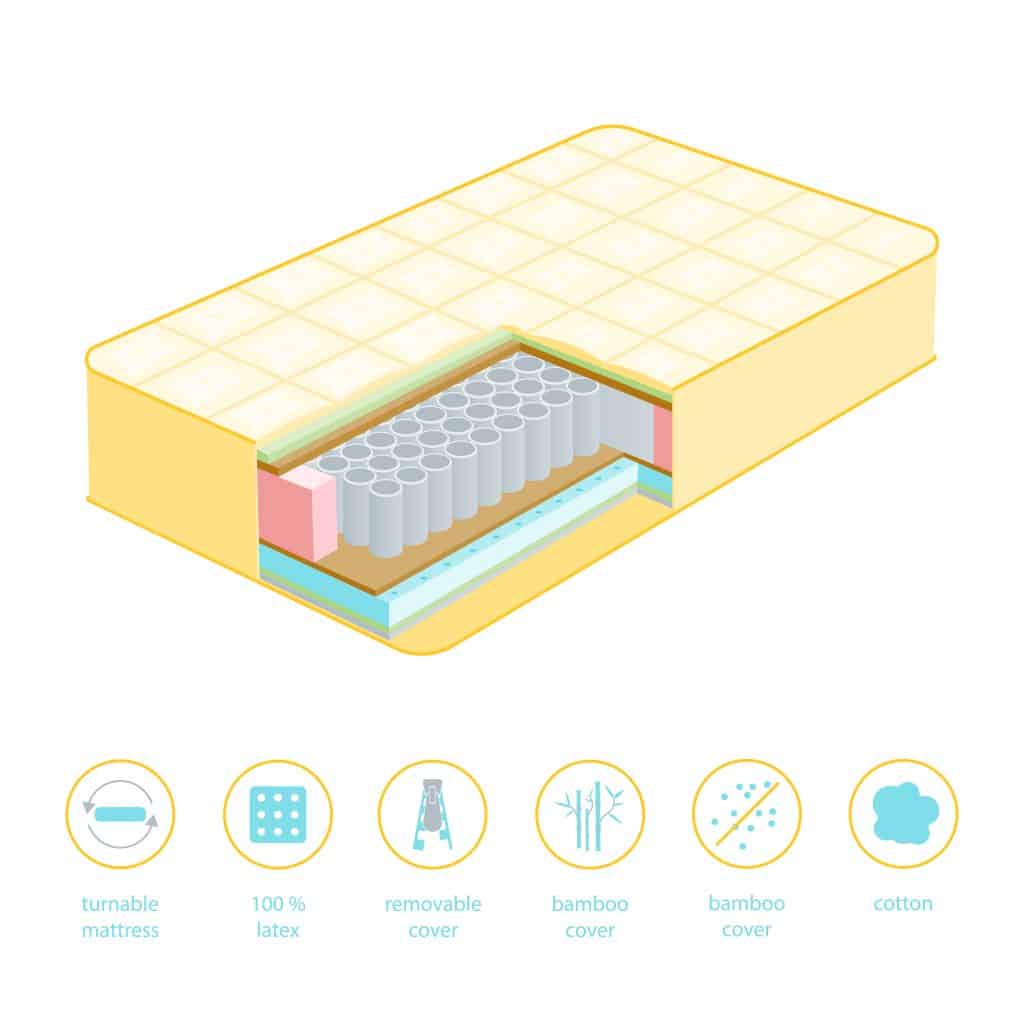
Types of mattresses
There are different kinds of mattresses in the market, and each with its own features to offer. A lot of advancements are made throughout the years and new inventions sprung up for people to find what works for them. Common mattresses, however, can be of the following below.
Innerspring
Innerspring mattresses make use of steel coil support springs individually enclosed in the cushions. They are considered as the most popular and widely-used ones due to their variability and affordability. It’s often characterized by being bouncy and lightweight at times.
There are four coil types used in the mattress – Bonnell Coils, Offset Coils, Continuous Wire Coils, and Pocketed Coils.
Bonnell coils: These are hourglass coils and are generally inexpensive than most coil beds.
Continuous wire coils: Formed together at the edges to create a hinge motion. They are highly durable but don’t conform much to the body like other innerspring.
Offset coils: These are also hourglass coils but are straightened to create better support in hinge motions. They are durable and are expensive than most coil types.
Pocketed coils: These are enclosed coils in cloth to lessen noise and provide better motion transfer.
Pros:
- Better airflow
- Wide range of firmness in the market
- Affordable
- Durable and flexible use
- Available in all markets
- Strong edge support
- Motion transfer support
Cons:
- Noisy at times
- Offers little pressure relief
- Limited lifespan
Ideal for:
- Lightweight people in softer innerspring
- Overweight people in dense spring coils
- People who sleep hot
- Side sleepers
- Stomach sleepers
- Dense innerspring is ideal for people with back pain
- Advantageous to pregnant or lactating women
Foam mattress
Memory foams are layered foams known to be highly soft and conforming to the shape of your body. They respond well to people who have different body aches and pressure points looking for comfort. The material is also movement-absorbent. This means if you have a partner who tosses and turns all night, you won’t likely feel their motion transfers.
Pros:
- Lasts long
- Low detection for motion transfers
- Perfect combination for adjustable beds
- Helps and prevents pain relief
- Encourages good spine alignment
- Provides pressure point relief
- Lesser dust mite and allergen build-up
Cons:
- Material can make the bed hot
- Emits unpleasant smell if uncared for
- Limited hinge and edge support
Ideal for:
- People who have body pain
- Individuals with high-pressure points
- Highly and sensitive to allergens and dust
- People looking for firmer base
- Back and side sleepers
- Stomach sleepers might need firmer foams
- Restless persons who toss and turn at nights
Latex mattresses
Quality latex beds are made from synthetic or natural rubber and are known to be firm, yet bouncy with soft support. They are affordable and ideal for people who are back sleepers. They’re quite durable, knowing to last around eight to nine years if properly taken care of.
Pros:
- Cooler than memory foams
- Great motion isolation
- Long-lasting and durable than other mattresses
- Provides pain relief
- Has antimicrobial properties
- Firm mattress for back and stomach sleepers
Cons:
- Heavier than most mattresses
- Natural rubber latex is quite expensive
- Emits odor depending on the density of the mattress
Ideal for:
- People looking to relieve back pain
- Back sleepers
- Individuals who are prone to tossing and turning
- Persons who sleep hot
- Great for pregnant or lactating women
- People who are highly allergic to microbes
Hybrid mattress
The name itself denotes the combination of latex, foams, and innerspring coils to bring out the best features in a mattress. For example, a hybrid bed may consist of memory foam or latex for comfort and coil as a support base. That feature will bring out maximum comfort and softness while providing the right cooling to the bed.
The pros and cons of hybrid mattresses depend on a lot of factors consisting of the material. Some bedding may feel light, soft, and cool. However, other material combinations may bring out a hotter feel to the bed.
With this in mind, always look and ask all about the bed before purchasing. In general, hybrid mattresses last around 6 years.
Best mattresses for you
Solace Sleep offers innovative products that give you the best cooling, supportive, and comfortable sleep. We improve your sleep satisfaction by integrating responsive pocket spring technology and cooling materials to conform and reduce heat from your body. Our frameworks also provide you flexible foundations to contour your sleep position.
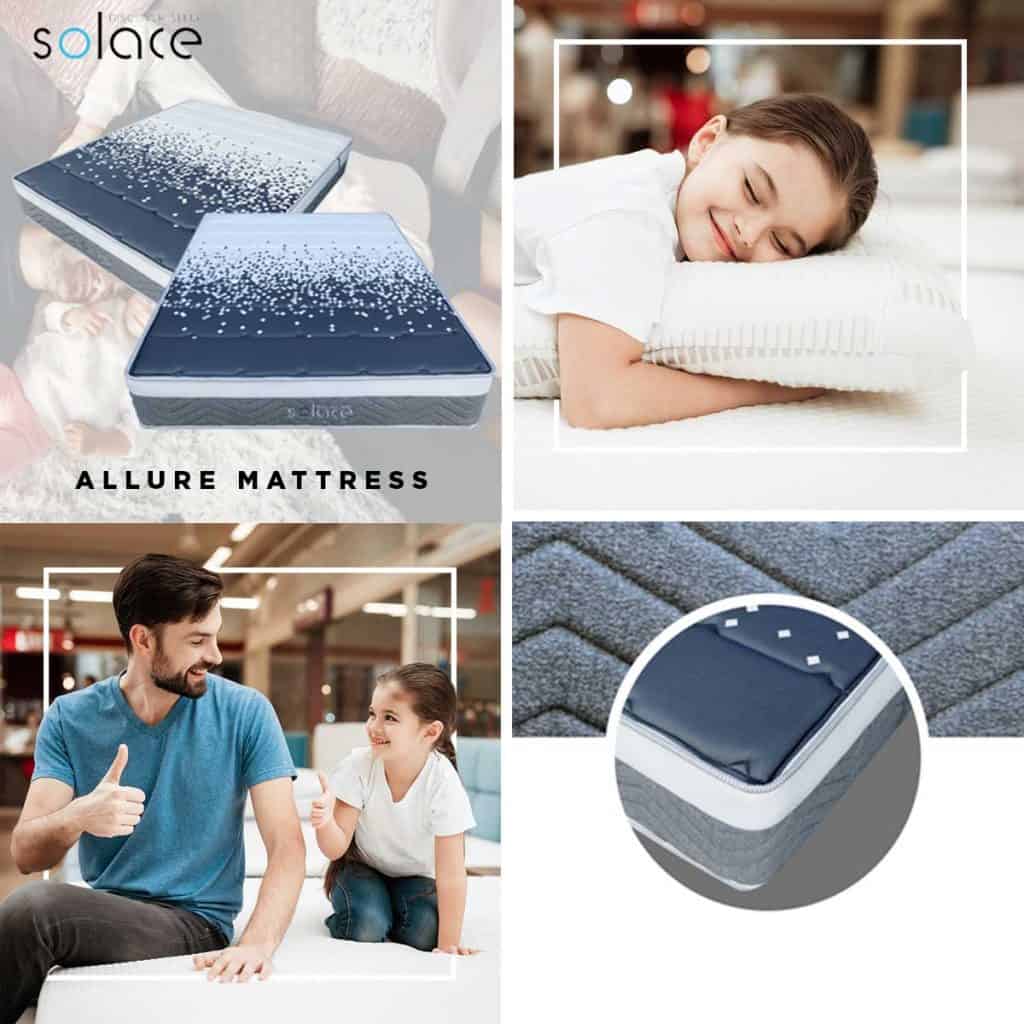
Allure Mattress
- Responsive pocket coil structure with gel memory foam
- Excellent for growing bodies
- Contours to the individual body shape of each person regardless of body shape
- Reduces tossing and turning in bed
- Individual comfort
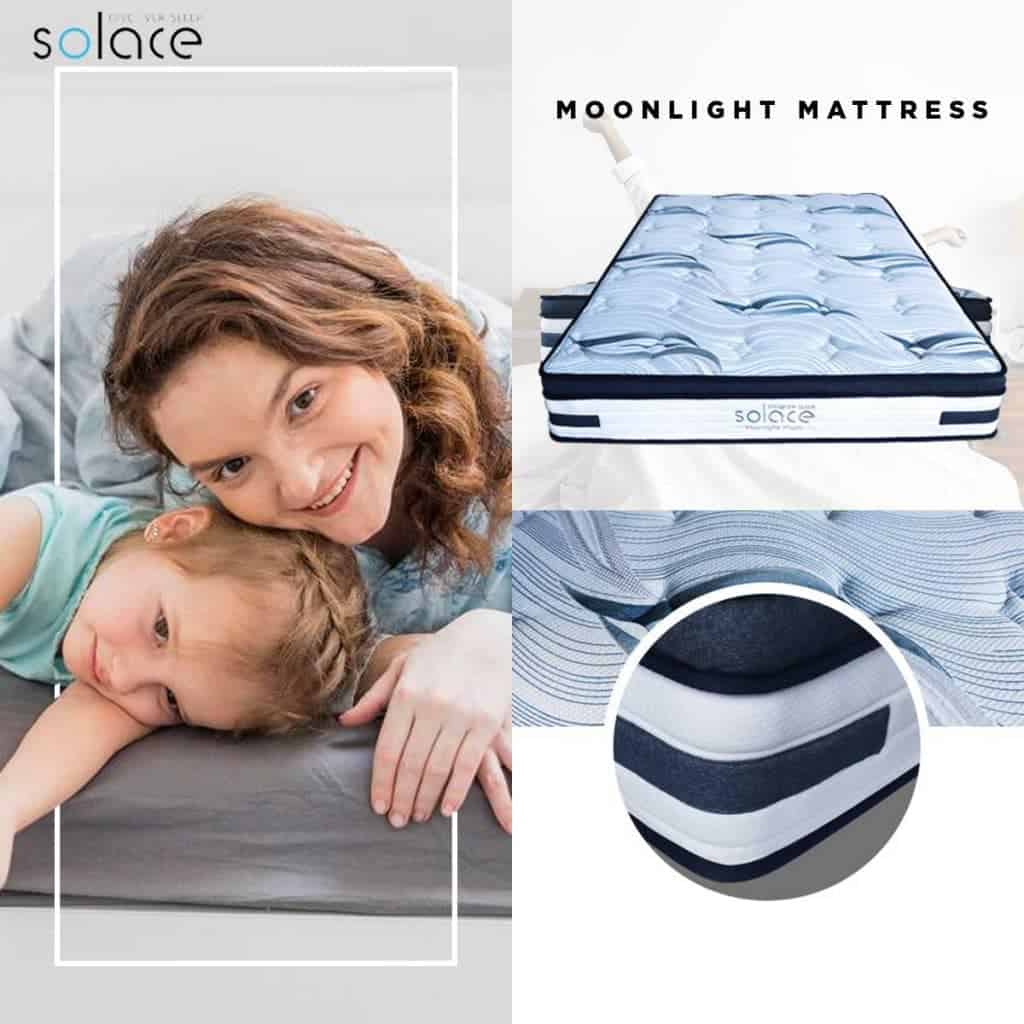
Moonlight Mattress
- Next-generation ‘Responsive” pocket spring
- New marble foam
- Contours to the individual body shape of each person regardless of body shape
- 3 Comfort feels (Plush, Medium, and Firm)
- No partner disturbance
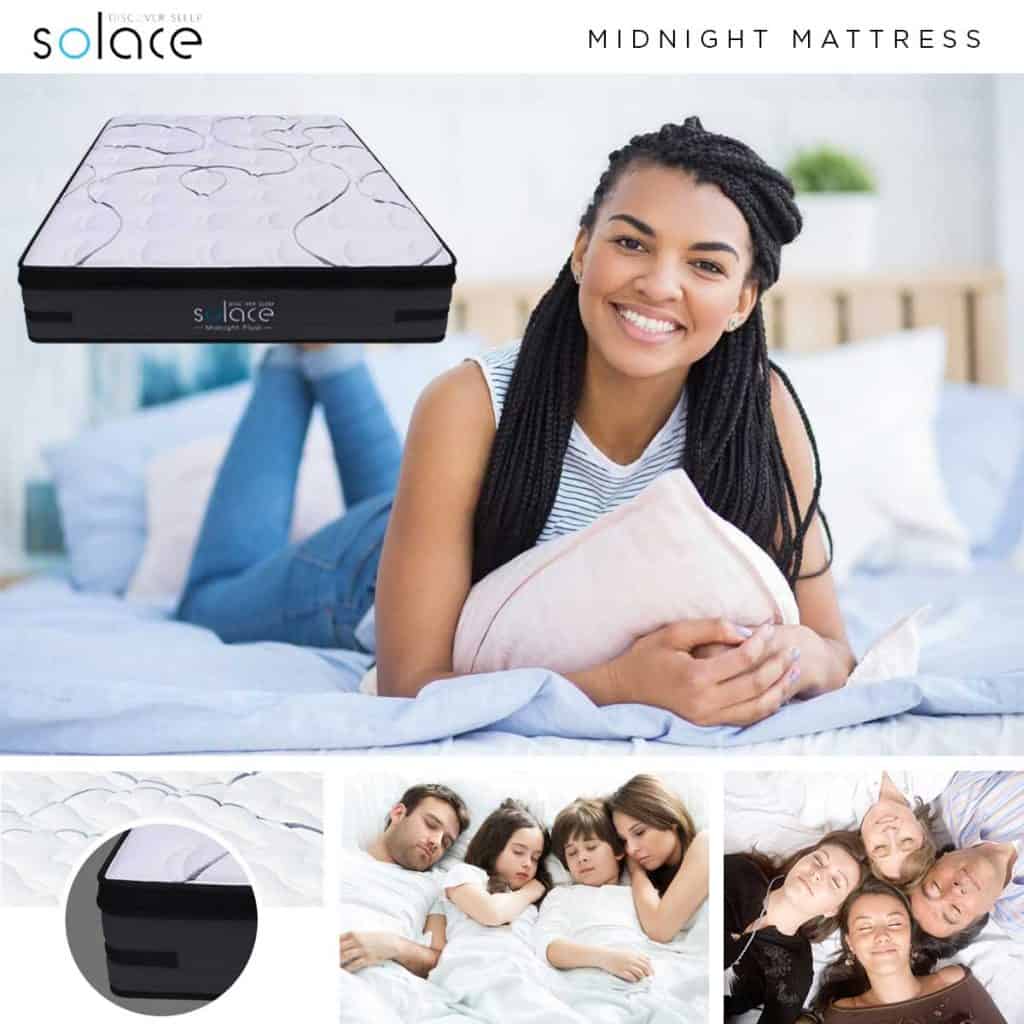
Midnight Mattress
- Next-generation ‘Responsive” pocket spring
- Lumbar and shoulder zone support
- Anti-dustmite, Anti-Bacteria and Anti Static Electricity
- Cool Sleep Pressure Relief Mattress
- Cooling gel memory foam
- ‘Air Flow’ Graphene Carbon Memory Foam
- New ‘Air Flow’ marble foam

Himalayan Mattress
- No Spring, No Movement mattress
- Pressure Relieving Sleep
- Ice Cool Fabric – 15% cooler than cotton
- Cool Gel Memory Foam
- Air Flow design removing heat away from your body
- Contours to the individual body shape of each person regardless of body shape
- High-density support foam
Soft, firm, coils, or foam – whatever your preferences may be, Solace Sleep sure has the perfect mattress to suit your needs. This guide hopes to help you decide the best mattress for you according to your health, sleeping position, or comfort concerns.
Find your ideal mattress here
To make things easier, we have developed a simple quiz for you to find your perfect mattress! Take the test now.
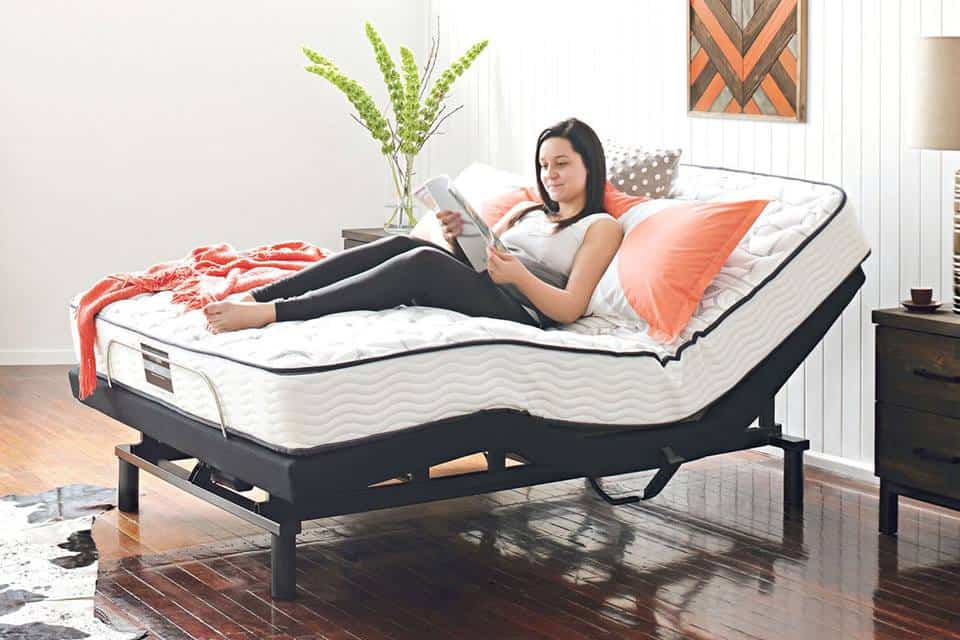
How to choose the best mattress for you
Are you shopping for a new mattress? There are considerations to know before purchasing the right bedding for you.
Firmness: know your position and weight
Before you can even buy a mattress, you should be aware of how you sleep and how much you weigh. In what position are you most comfortable with? Side sleepers should use soft foam mattresses while a back sleeper might need firmer ones.
Also, lightweight individuals might look for soft to medium mattresses, while overweight persons should take a look into firmer mattresses. But what partners or couples who have different preferences? Dual firm mattresses might be a suitable option.
Durability
As mentioned, a mattress will last around 5 to10 years depending on its condition of how you use and maintain it. However, it helps to know the average lifespan before you placed it. The longer it is, the better – but, it helps if you care for it.
Temperature absorbent
Most mattresses trap heat and people ended up sleeping hot all night. Memory foams are known to sleep the warmest because of their dense, solid bases. However, innerspring coils are the coolest because they have more airflow in their cores.
Motion transfer and isolation
Sleep movements can cause disruption for couples on the bed. Those mattresses with a softer feel and more adaptive layers can minimize movement transfers. Latex and memory foams are more prone to lower motion isolation. Coils can be bouncy and noisy whenever someone shifts positions.
Odor emission
All mattresses emit odor when they’re newly bought in the store. Some beds dissipate odor in hours, while some may dispel within a couple of days. In addition, there are beds that can absorb microbes and emit stronger odor due to stains and bacteria clinging on the mattress.
Body support
Is the bed providing you enough support to your spine, shoulders, neck, or pelvis? Does it sink to your weight? Will it relieve and prevent pains and aches the next morning? Coils may often give optimal support to all body parts, while latex and memory give you that softness and contouring properties you need.
Edge support should also be taken into consideration especially to those who have difficulty getting up and sliding on the bed – e.g. pregnant women.






